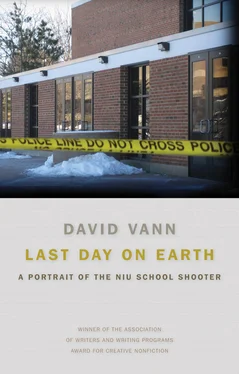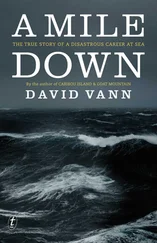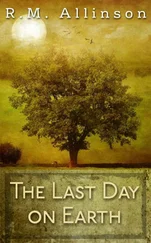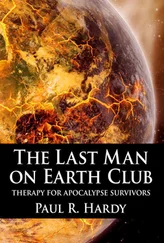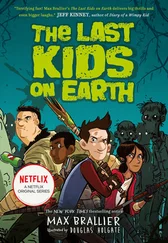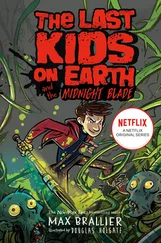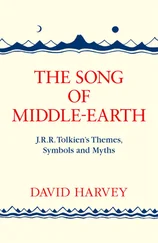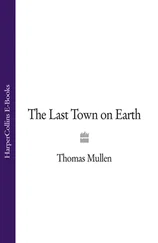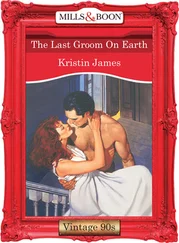He’s surprised to wake up in the morning. And he’s able to get dressed, go to school, but his first teacher notices right away how drowsy he is, and he’s taken to the nurse’s office. “I want to die,” he tells the nurse, according to the police report. “Life sucks.” This time he’s taken to Alexian Brothers Hospital. His mother arrives within an hour, but does this make a difference to him?
They keep him in for only three days, which his friends feel was too short a time, driven by insurance limitations. Two months later, he’s back at Alexian again, January 10, 1998, for suicidal thoughts. Four days earlier, the cops stopped him, along with Pete Rachowsky, after a neighbor reported they were smoking marijuana. The next month, February 7 to 11, he’s back again in Alexian. While he’s there, on February 9, his father walks into the police station and tells them Pete Rachowsky is dealing acid, fake acid, marijuana, and something else he can’t remember the name of. The information is from his son, Steve. Pete keeps his drugs hidden in his radio. Steve’s father wants Pete and several other high-school dropout drug dealers kept away from his son.
Steve gets out of Alexian on February 11 and goes back the next day, February 12, for suicidal thoughts and violent mood swings. He’s constantly up and down on all the meds, all over the place, a mess, and maybe he’s scared, also, about what will happen with Pete. He takes 120 Depakote, enough that he really should be dead, but even that doesn’t work.
Steve’s father talks with the police again on March 2. He has more information now. Pete sells in Lions Park, near the high school, and keeps his drugs in the battery compartment of his Walkman. The police bust Pete for marijuana possession.
The next week, on March 10, after dinner, Steve fights with his mother about Pete. She doesn’t want him hanging out with Pete anymore. He storms out at seven o’clock wearing his trench coat and jeans, and she calls the police to file a missing juvenile report and lists Steve as mentally disabled. “He suffers from depression,” she tells them. “He didn’t take his last two doses of medication.”
He walks to John Frazetto’s house, but John isn’t home. The police call and find out he was there at 7:30. They call another friend, Mike Terpstra, who last saw Steve at 10:00 p.m. at Grove Junior High with Pete Rachowsky. They took off, and he doesn’t know where. Two days later, on the twelfth, Steve’s father tells the police Steve has returned and they’ll handle the situation with a physician.
Steve goes back to his part-time job at the public library, where a lot of his friends work. He’s a page, restacking books. Adam and another friend, Jim, work on the computers. Joe Russo is a janitor. But the next week, on March 17, Pete Rachowsky comes in. He has a court date the next day for possession of drugs, and he knows now where the information came from.
Pete corners Steve in the library. It’s eight o’clock. The library has mostly cleared out. Pete is tall, reddish-brown hair, on fire. “For less than an ounce, I could get people to take care of you,” he says.
“Leave me alone,” Steve says, according to a complaint he files with the police. He’s scared of Pete, wants this all on record. Pete steps closer, backs him against a wall. “I could have your house burned down. Easy enough to throw a brick through your window.”
In June, at the end of his senior year, Steve’s parents don’t include his baby picture and a congratulatory note from the family in his yearbook. Joe Russo’s parents do this, and Adam’s parents, etc., but Steve’s parents stopped filling in his “School Days” scrapbook years ago. They’re afraid of their son.
Steve slits his wrists for graduation. And he sells all his stuff first, just like before his first suicide attempt. Always planning these things ahead of time. Adam gets Steve’s bass for almost nothing, his Led Zep tablature and amp.
Steve lives, though, again, and what he graduates to is the group home, Mary Hill Residence in Chicago, run by Thresholds. This will become the worst period of his life.
But he can’t get in right away. He has to turn eighteen first, in August, so he spends the summer living at home, working at Dominick’s, a restaurant, twenty hours a week. His job history: three Halloweens working as a monster in a haunted house, three summers as a ride attendant at Pirate’s Cove, three months as a cashier at Toys R Us, two months at McDonald’s, two days at 7-11. Six months as a bagger at Jewel. His sister, Susan, is living at home, too, working as a secretary, like their mother. Steve has trouble getting up in the morning, won’t clean his room, fights with his mom about this and is hospitalized again August 2 through 5 at Alexian, then dumped back home again, like human garbage.
HOW MUCH OF STEVE’S STORY IS ABOUT CLASS?He’ll joke later, “I know I put the ass in classy.” He grew up in a nice enough suburban neighborhood, but class is not only about money. It’s also about education. Steve’s parents were relatively uneducated, as were the parents of his friends.
My mother moved us to a new neighborhood at the end of my fifth-grade year, and though our new house wasn’t much more expensive, the class change was enormous, and I noticed this mostly in the kinds of friends I had and the level of education of their parents. In the previous neighborhood, in the flats closer to downtown, one of my friends was Leonard Smith. His father was a windsurfer who had basically abandoned Leonard and Leonard’s mother, so Leonard had an angry violent streak and a lot of free time on his hands. Some of his deeds were funny in retrospect, such as when he tried to smoke parsley flakes in binder paper and it flared up and burnt his eyebrows, but he didn’t have limits, and we spent our time wandering drainage ditches, tunnels, and industrial sections. In fifth grade, at age ten, we French kissed with two girls on a dusty couch in a carport, and if my mother hadn’t decided to move, my junior high and high school experiences would have headed further in that direction. Many kids in the neighborhood stole, fought, did drugs, and had sex as early as age ten.
I remember feeling as a kid that my life wasn’t really my own, that it could be shaped and sent out of control by others. Not long before my father killed himself, he asked me to come live with him up in Fairbanks, Alaska, for the next school year, and I said no. I felt tremendous guilt about this after his suicide, of course, and wondered for at least a decade whether he might not have killed himself if I’d said yes. But I was afraid of Fairbanks, because in my summers there, I could see the kids I knew falling quickly into drugs and sex and crime, and I was afraid of who I might become. I was only thirteen, in seventh grade, but that’s old enough to understand the momentum of a life, old enough to understand that we can become something we didn’t want.
I think about this for Steve because he refused drugs at first. He was cautious and scared and didn’t want to get into trouble. But three of his friends in his neighborhood became drug dealers, and it seems that almost everyone else used drugs. They became Goths without thinking about what that meant, and their parents didn’t think enough about it, either. Steve and his friends listened to Marilyn Manson, watched horror movies, smoked, stole, blew off their homework (a high percentage of his close friends finished with a GED, even after spending an extra year in high school), and hated mainstream society just because that seemed cool. Being depressed and suicidal was also considered cool, according to Julie. Their parents, for whatever reason, didn’t intervene early enough in the process. So although Steve and his friends seemed to come from somewhat privileged backgrounds, white and suburban and attending an award-winning high school, they were actually lower class, along with most Americans. Then Steve fell even further into the company of the mentally ill, a group considered not even a part of society, an invisible class with no aspirations or promise at all, for whom the days become unnumbered.
Читать дальше
